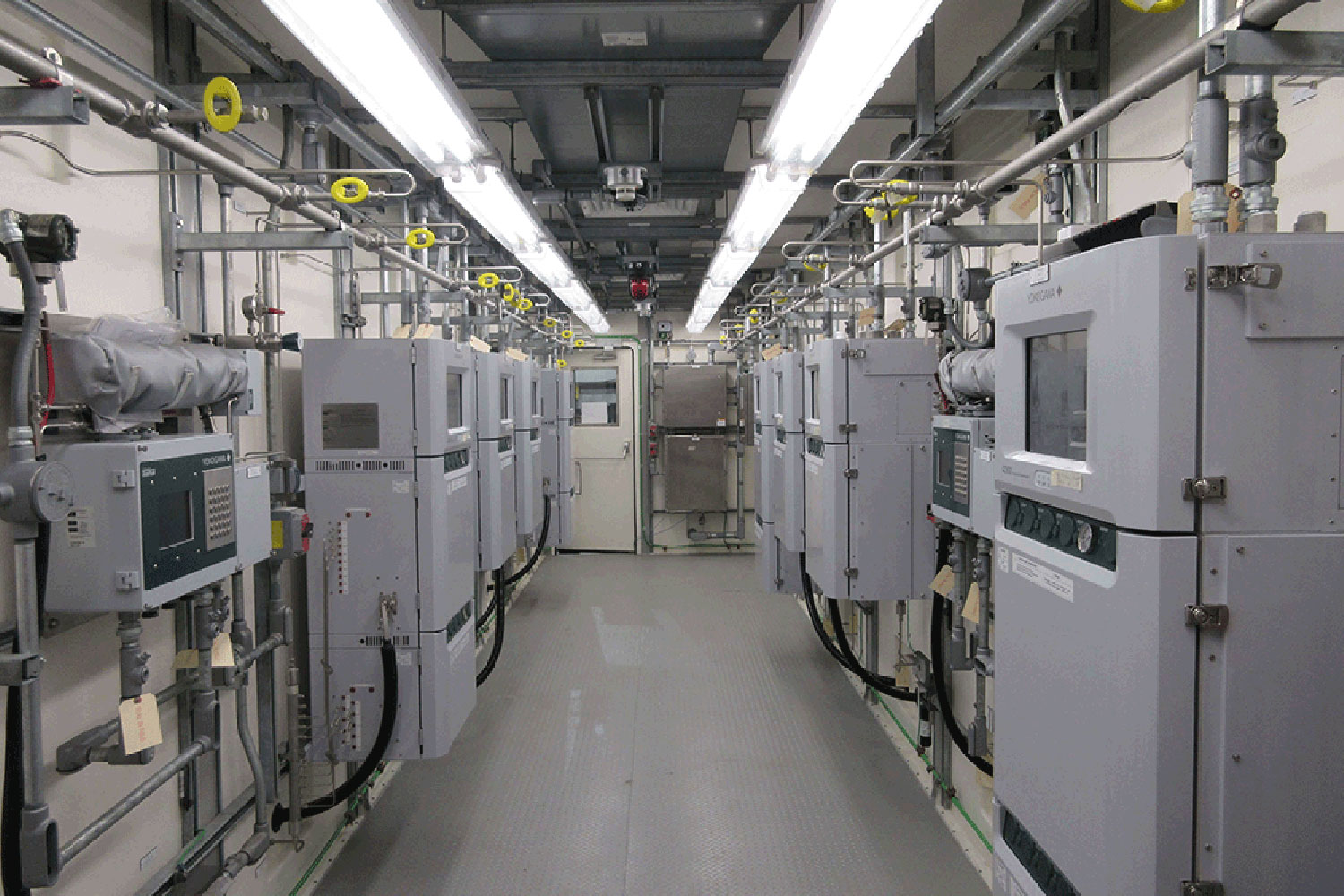Robust emissions monitoring systems will help engineers reach sustainability goals as more governments and companies commit to net-zero targets and air quality regulations are tightened.
In August, Western Australia announced a goal to reduce net greenhouse gas emissions to zero by 2050. All other states have previously committed to net zero targets, and a growing number of private companies are following suit.
Emissions monitoring systems will help track progress, but there is potential to improve current methods to increase accuracy.
Many plants use calculations based on point measurements, said Nelson Isea, Product Manager Process Analyser Solutions for Yokogawa Australia and New Zealand. This involves analysing a sample collected at a particular point in time.
“One sample taken at a certain time doesn’t really give you a representative amount of emissions,” explained Isea, who will be speaking at the upcoming Yokogawa Co-innovation Forum about smart emissions monitoring.
Isea added that Yokogawa’s commitment to net-zero greenhouse gas emissions by 2050 motivates the company to help others reach this goal.
“By providing accurate and reliable instruments and process control equipment, we help customers collect trustworthy data to support their reduction target, while reviewing our processes to become a more sustainable corporate citizen,” he said.
Eyes in the sky
It’s important for the engineering profession to focus on tangible actions to reduce emissions, which requires accurately measuring the issue in the first place. Isea said global action to quantify both sources and sinks of greenhouse gases is already underway, with many countries using this information to create more effective policy.
In May, NASA launched its third Orbiting Carbon Observatory (ISS-OCO-3) to the International Space Station. OCO-3 uses three high-resolution infrared (IR) spectrometers to measure how atmospheric oxygen and carbon dioxide (CO2) vary throughout the day.
China, Canada and Japan also operate space-based emissions monitoring platforms, and France has plans to launch one next year. As well as CO2, some satellites also monitor methane, and most will make this data publicly available.
Isea said these “eyes in the sky” will provide data to inform future environmental and human health policies. However, the risk of legal action against emitters who have exceeded their limits will increase the need for continuous, precise monitoring.
He explained that installing an extractive continuous emissions monitoring system using IR gas analyser technology was one of the best strategies.
“IR analysers are accurate and reliable. They can be calibrated automatically, and their data can be stored securely, either centrally or on-site,” he said, adding that they could be combined with cloud-based tools for online monitoring, diagnostics and reporting.

Emissions health effects under review
As well as CO2 and methane, industrial operations produce gases that directly impact human health. These include nitrogen dioxide, sulphur dioxide and ozone – which are associated with respiratory and cardiovascular issues – and can also be monitored with IR analyser technology.
As more data about emissions becomes available, Isea warned that industry players who don’t take action to reduce emissions and accurately measure air quality could see increased public pressure.
“Inaction is not an option – data made publicly available will change the way emissions are monitored, reported, and subsequent modifications to existing monitoring systems might be required,” Isea said.
However, with more accurate instrumentation, industries can take a proactive approach to reducing emissions and remain agile in responding to policy changes.
Earlier this year, the National Environment Protection Council (NEPC) released proposed changes to the National Environment Protection (Ambient Air Quality) Measure to reduce the permitted concentrations of these pollutants in response to new evidence from national and international studies.
The NEPC will produce final recommendations to change the standard, and the next steps will be for each state and territory to pass legislation to enforce the new limits.
Isea encouraged engineers to keep up to date on the World Health Organisation Air Quality Guidelines, which it continuously reviews to reflect scientific findings. These changes cascade to Australian industry through the NEPC guidelines and state laws.
He also emphasised the importance of understanding whether current air monitoring systems could deliver data to meet new reporting obligations.
“Engineers should check that the data they are getting is accurate and reliable, put improvements in place, and perhaps proactively engage with their local environmental authority to adapt to changes faster,” Isea added.
Isea will be delivering presentations on Smart Emissions Monitoring in a Changing Legislative Landscape as part of Yokogawa Australia and New Zealand’s highly successful Co-innovation Forum series.
The Co-innovation Forums will feature presentations from international and local Yokogawa experts, as well as a panel of industry executives discussing technological challenges facing industries in Australia and New Zealand.
